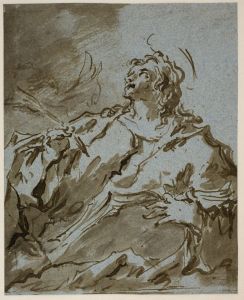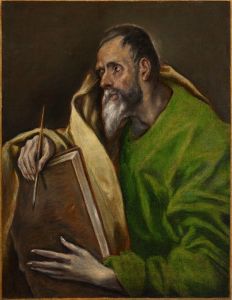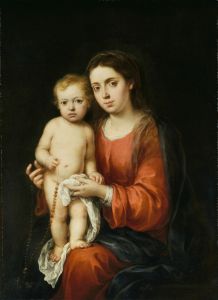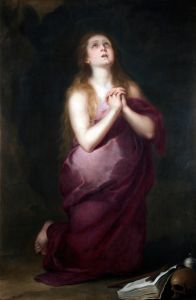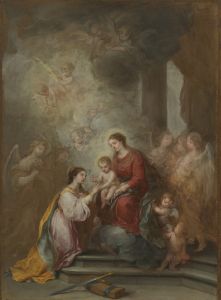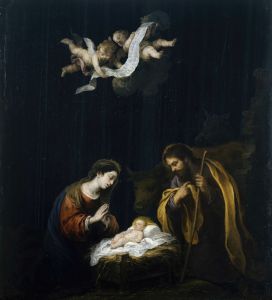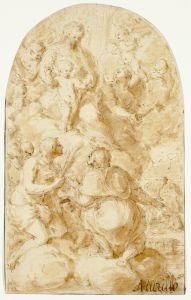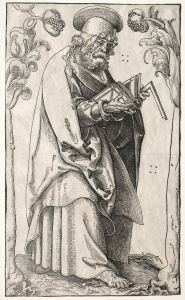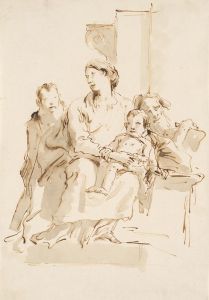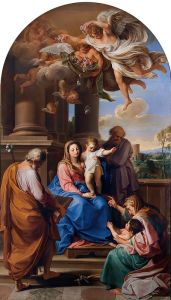
Saint John the Evangelist
A hand-painted replica of Bartolomé Estebán Murillo’s masterpiece Saint John the Evangelist, meticulously crafted by professional artists to capture the true essence of the original. Each piece is created with museum-quality canvas and rare mineral pigments, carefully painted by experienced artists with delicate brushstrokes and rich, layered colors to perfectly recreate the texture of the original artwork. Unlike machine-printed reproductions, this hand-painted version brings the painting to life, infused with the artist’s emotions and skill in every stroke. Whether for personal collection or home decoration, it instantly elevates the artistic atmosphere of any space.
Bartolomé Esteban Murillo, a prominent Spanish Baroque painter, created "Saint John the Evangelist," a work that exemplifies his mastery of religious themes and his ability to convey spiritual depth through art. This painting is one of many religious works by Murillo, who is best known for his depictions of saints, the Virgin Mary, and other Christian subjects. While the exact date of the painting's creation is not definitively documented, it is generally attributed to the later period of Murillo's career, when his style became softer and more focused on the emotional and spiritual aspects of his subjects.
"Saint John the Evangelist" portrays the apostle and evangelist, traditionally identified as the author of the Gospel of John, the Book of Revelation, and three epistles in the New Testament. In the painting, Saint John is typically depicted as a youthful figure, reflecting his association with purity and spiritual insight. He is often shown with his traditional attributes, such as an eagle, which symbolizes his soaring theological vision, and a book or scroll, representing his role as a writer of sacred texts. These elements are consistent with the iconography commonly used in Christian art to identify Saint John.
Murillo's treatment of the subject is characterized by his use of soft, luminous colors and a gentle interplay of light and shadow, which imbue the figure with a sense of serenity and divine inspiration. The artist's skillful use of chiaroscuro enhances the three-dimensional quality of the figure, drawing the viewer's attention to the saint's contemplative expression and the symbolic elements surrounding him. Murillo's ability to evoke a sense of intimacy and devotion in his religious works made him one of the most celebrated painters of his time, particularly in his native Seville.
The painting reflects the Counter-Reformation emphasis on religious imagery as a means of inspiring faith and devotion among viewers. Murillo's works were highly sought after by both ecclesiastical and private patrons, and his art played a significant role in shaping the visual culture of 17th-century Spain. Today, "Saint John the Evangelist" is recognized as a fine example of Murillo's religious oeuvre, showcasing his technical skill and his ability to convey profound spiritual themes through his art.
The current location of the painting is not definitively established, as many of Murillo's works are housed in museums and private collections worldwide. However, his paintings can be found in major institutions such as the Museo del Prado in Madrid and the Louvre in Paris, which hold significant collections of his work.







